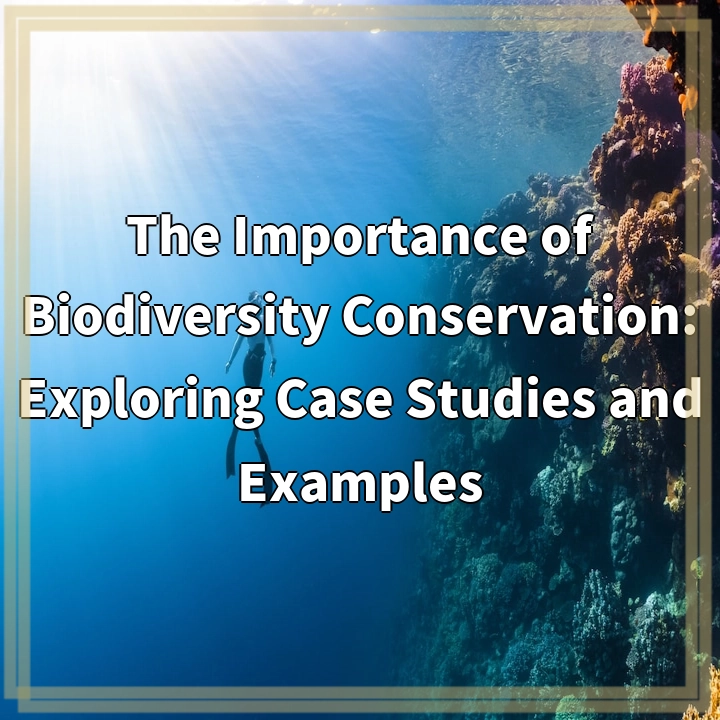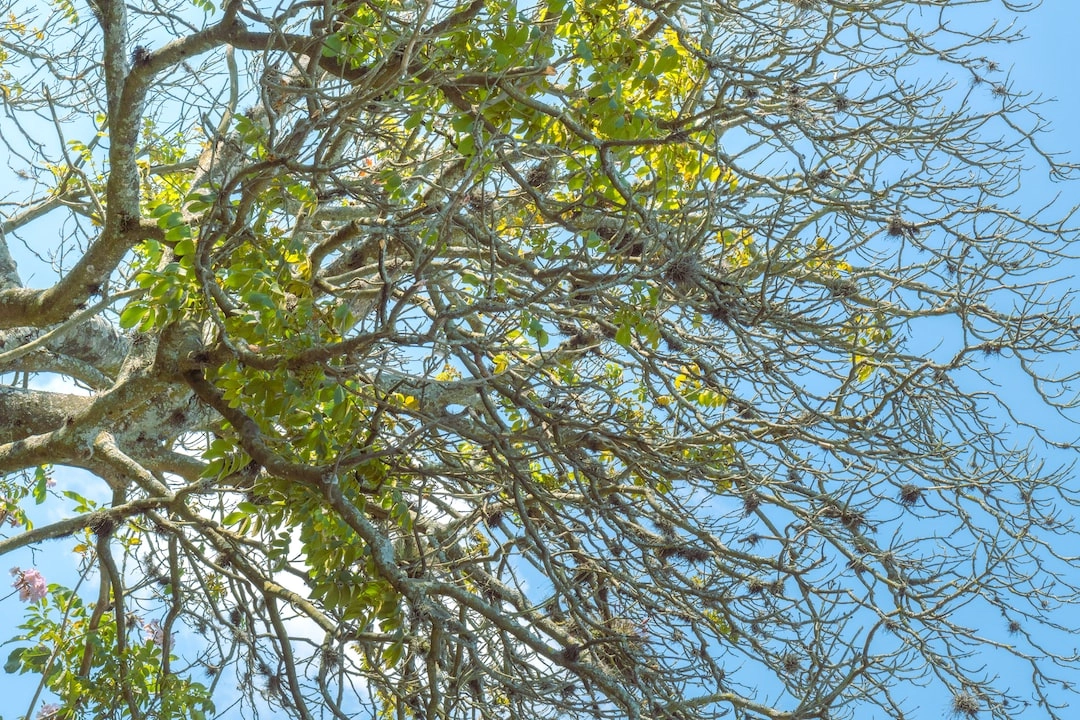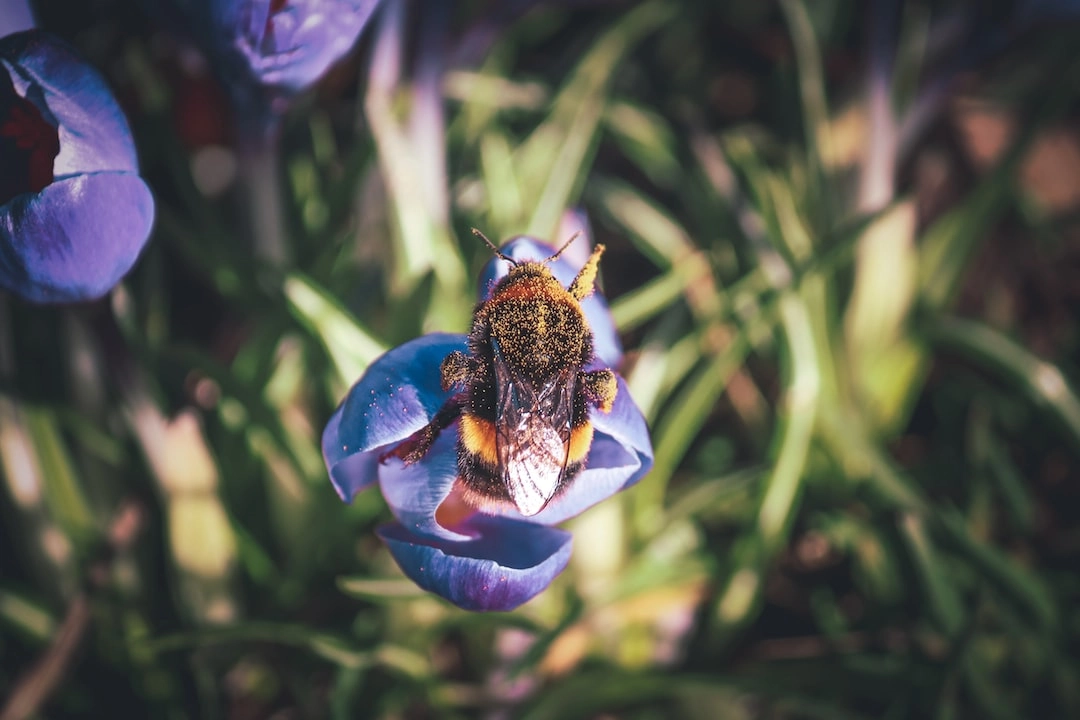
What is Biodiversity Conservation?
Biodiversity conservation refers to the protection and preservation of the variety of life forms and ecosystems on Earth. It encompasses the efforts to maintain and restore the natural balance and diversity of species, habitats, and genetic variation. Biodiversity conservation is crucial for the well-being of both human societies and the planet as a whole.
Real-World Problems Associated with Biodiversity Conservation
1. Habitat Loss and Fragmentation
Habitat loss is one of the major threats to biodiversity conservation. Human activities such as deforestation, urbanization, and agriculture have resulted in the destruction and fragmentation of natural habitats. This leads to the displacement and extinction of many species, disrupts ecological processes, and reduces overall ecosystem resilience.
2. Climate Change
Climate change poses significant challenges to biodiversity conservation. Rising temperatures, changing precipitation patterns, and extreme weather events disrupt ecosystems and affect species’ distributions, interactions, and reproductive cycles. Many species are struggling to adapt to rapidly changing conditions, leading to population declines and possible extinctions.
3. Invasive Species
Invasive species are non-native organisms that establish themselves in ecosystems and outcompete native species. They can disrupt ecological balance, alter habitat structure, and reduce biodiversity. Invasive species often lack natural predators or controls, allowing them to thrive and multiply rapidly, posing a major threat to native plants and animals.
4. Overexploitation and Illegal Wildlife Trade
Overexploitation of natural resources, including hunting, fishing, and logging, can lead to the depletion of species populations and the collapse of ecosystems. Additionally, the illegal wildlife trade, driven by demands for exotic pets, traditional medicine, and luxury goods, puts immense pressure on many endangered species, pushing them closer to extinction.
5. Pollution and Habitat Degradation
Industrial pollution, improper waste management, and the excessive use of pesticides and fertilizers cause significant damage to ecosystems and biodiversity. Water and air pollution can contaminate habitats, leading to the decline of aquatic and terrestrial species. Habitat degradation, such as the loss of coral reefs and wetlands, further exacerbates biodiversity loss.
6. Lack of Awareness and Environmental Education
A significant challenge in biodiversity conservation is the lack of awareness and understanding about its importance. Many individuals, communities, and even policymakers may not fully comprehend the far-reaching impacts of biodiversity loss on human well-being. Increasing environmental education and raising awareness about the value of biodiversity are crucial for promoting conservation efforts.

Solutions for Biodiversity Conservation
Biodiversity conservation requires collective efforts and a multi-faceted approach. Here are several solutions to address the real-world problems associated with biodiversity conservation:
1. Habitat Restoration and Protection
Efforts should focus on protecting and restoring natural habitats. This includes creating and expanding protected areas, establishing wildlife corridors, and implementing sustainable land-use practices. By preserving and rehabilitating habitats, we can provide safe spaces for species to thrive and maintain healthy ecosystems.
2. Mitigating Climate Change
Addressing climate change is crucial for safeguarding biodiversity. Promoting renewable energy sources, reducing greenhouse gas emissions, and adopting sustainable land management practices can help mitigate the impacts of climate change and create more resilient ecosystems. Additionally, supporting research and conservation programs that assist species in adapting to changing conditions is essential.
3. Controlling Invasive Species
Preventing and managing invasive species require effective monitoring and control measures. This includes early detection, rapid response, and the development of eradication and management strategies. Collaboration between scientists, conservation organizations, and government agencies is essential to prevent and mitigate the negative impacts of invasive species.
4. Sustainable Resource Management and Wildlife Trade Regulations
Promoting sustainable practices in resource extraction, such as responsible logging and fishing, can minimize the negative impacts on biodiversity. Additionally, strict regulations and international cooperation are necessary to combat illegal wildlife trade, including raising awareness, strengthening law enforcement efforts, and implementing policies to discourage demand for illegally traded species.
5. Environmental Stewardship and Education
Increasing environmental education and awareness about the importance of biodiversity are pivotal in fostering a sense of responsibility and encouraging environmental stewardship. Education initiatives at all levels, from schools to communities, should emphasize the value of biodiversity and the role individuals can play in conserving and protecting their local ecosystems.
6. Collaboration and Policy Implementation
Addressing biodiversity loss requires collaboration among governments, scientists, NGOs, and local communities. The development and implementation of effective policies and regulations, backed by scientific research and community engagement, are vital to ensure the long-term conservation of biodiversity. International cooperation and partnerships are also crucial to address global challenges and protect biodiversity on a larger scale.















